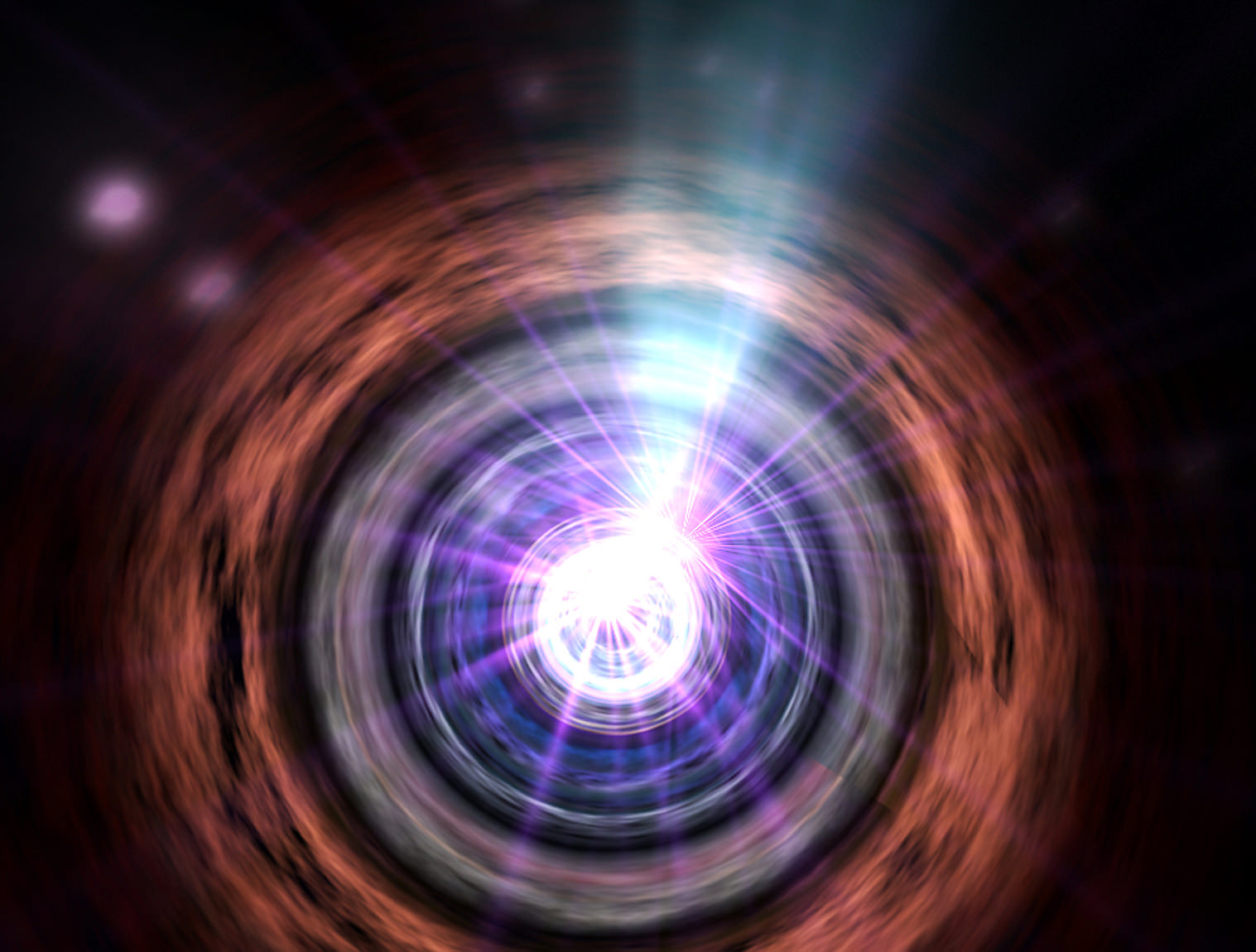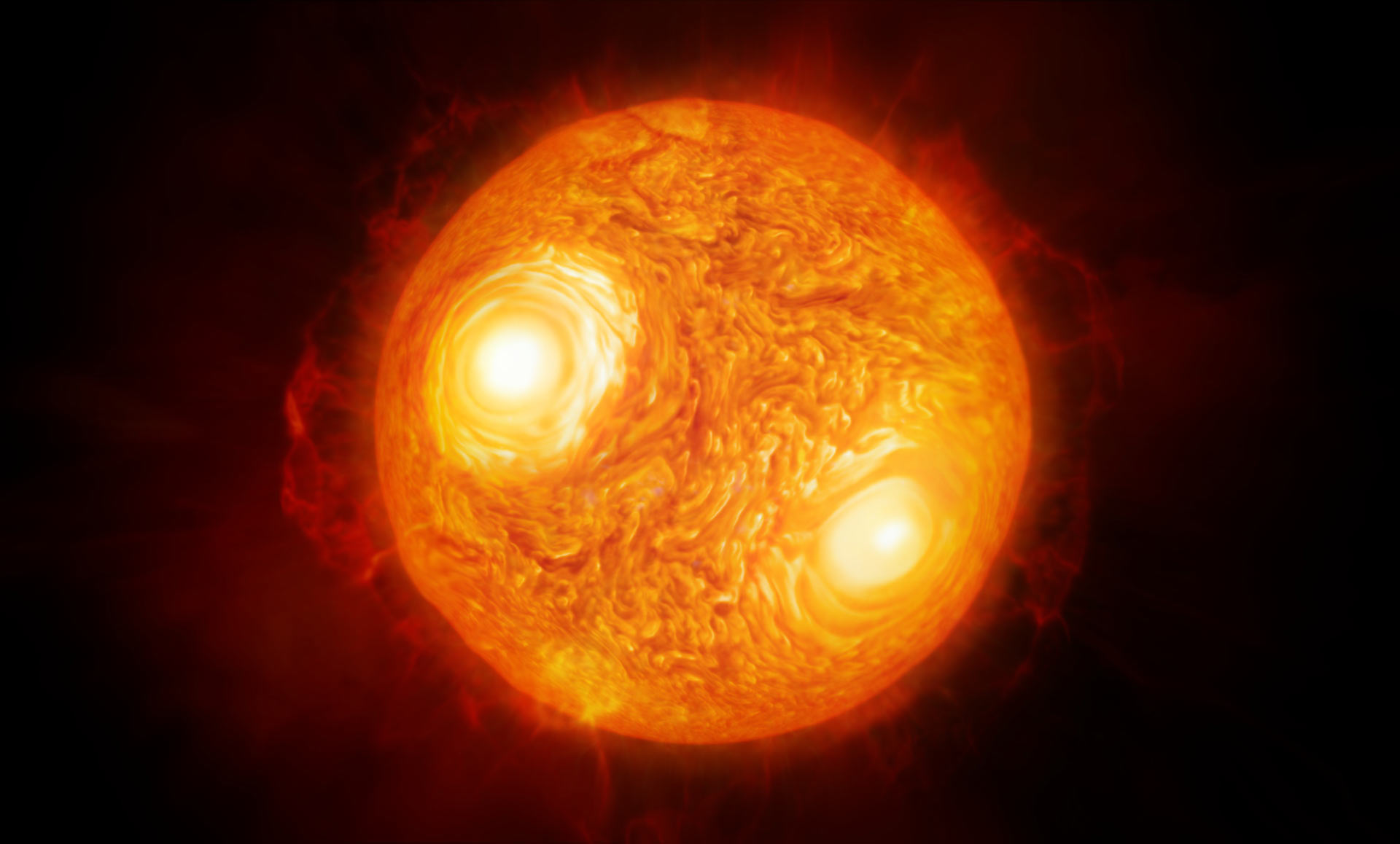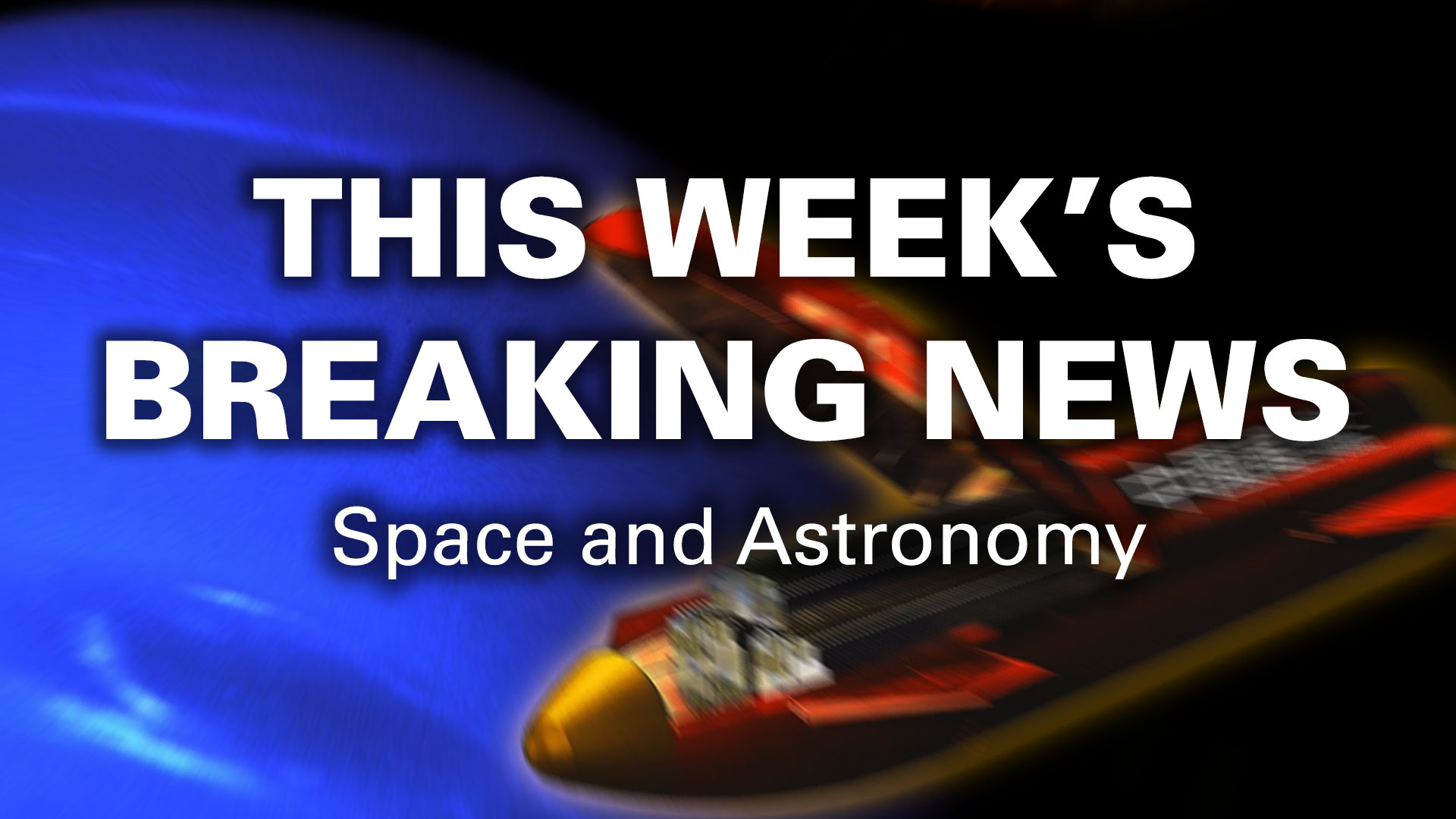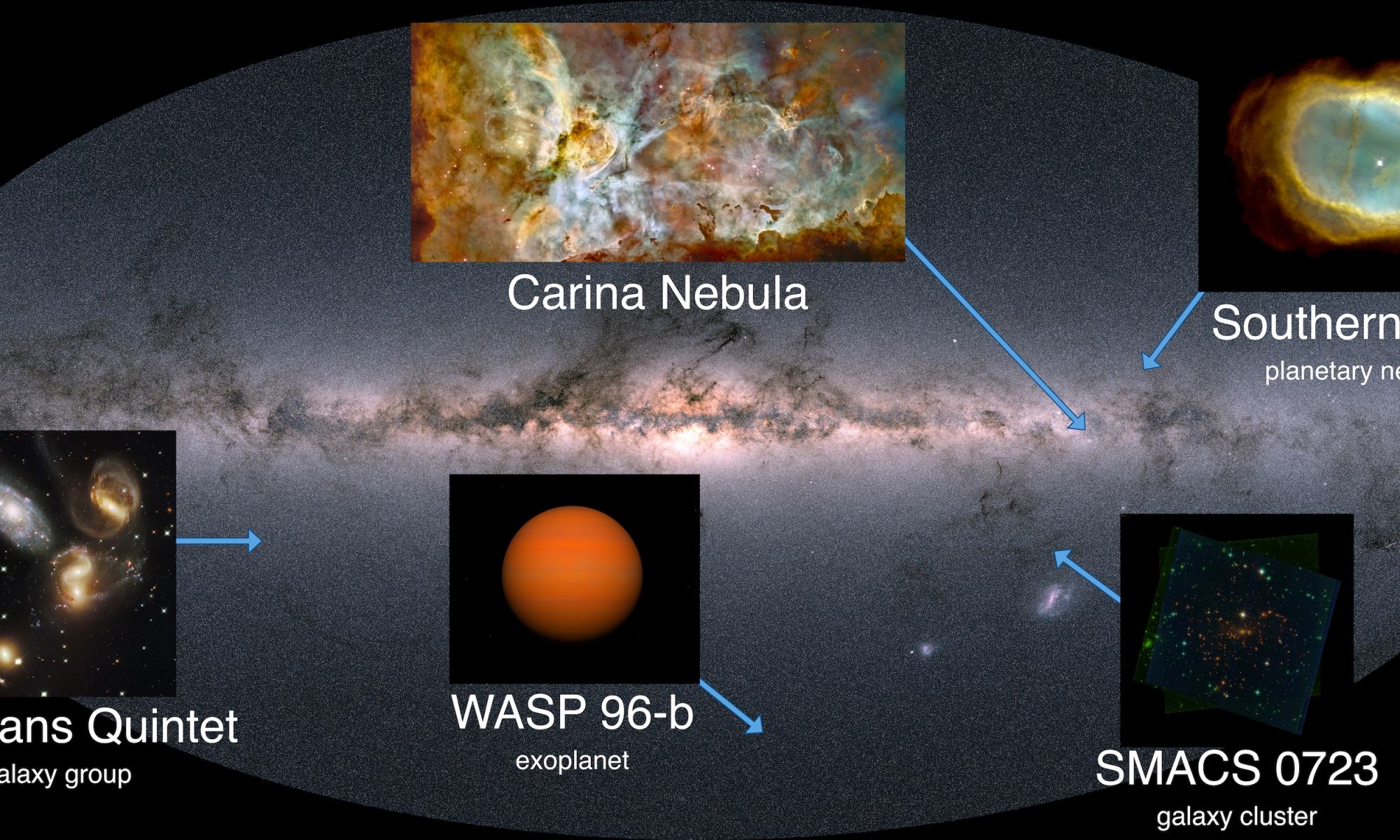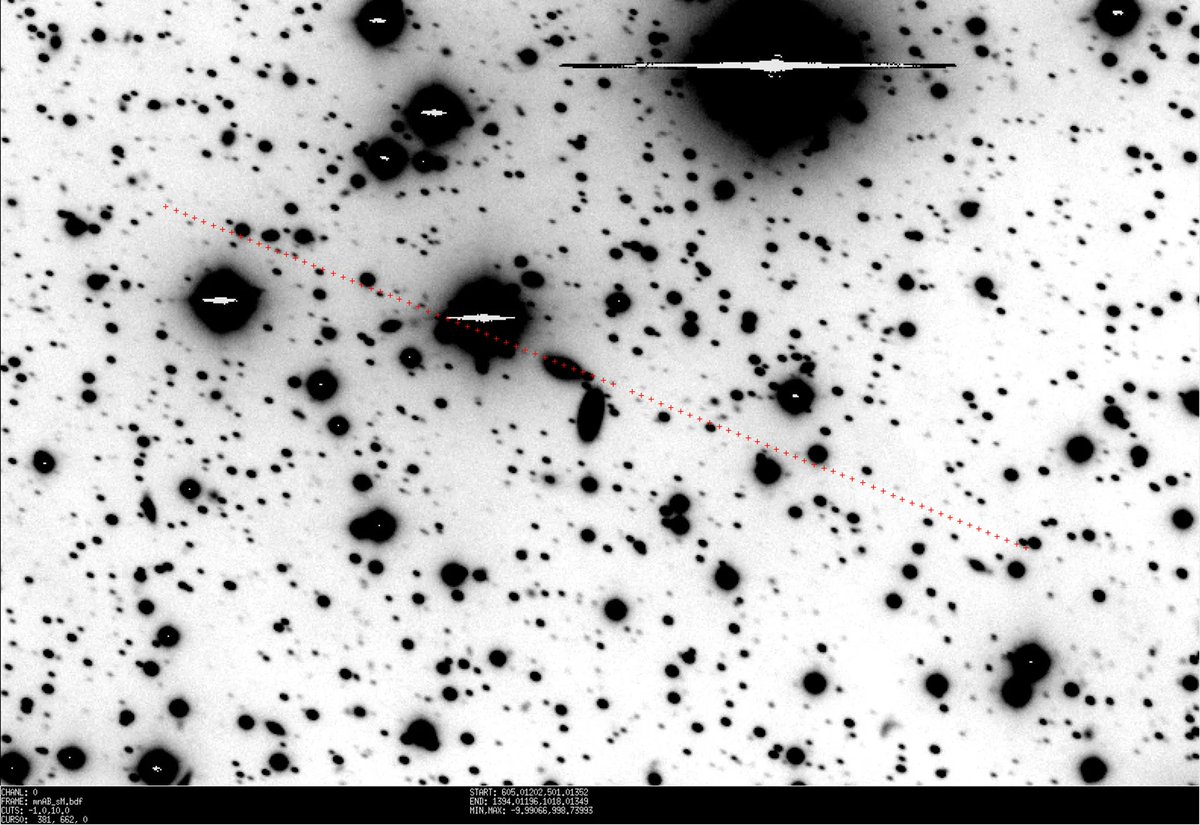Way out there in space is a class of objects called blazars. Think of them as extreme particle accelerators, able to marshall energies a million times stronger than the Large Hadron Collider in Switzerland. It turns out they’re the culprits in one of the great astrophysical mysteries: what creates and propels neutrinos across the universe at blazingly fast speeds? It turns out that the answer’s been there all along: blazars pump out neutrinos and cosmic rays. That’s the conclusion a group of astronomers led by Dr. Sara Buson of Universität Wurzburg in Germany came to as they studied data from a very unique facility here on Earth: the IceCube Neutrino Observatory in Antarctica.
Continue reading “We Finally Know Where the Highest Energy Cosmic Rays are Coming From: Blazars”The Gravitational Constant is Tricky to pin Down Accurately. Here’s a new way to Measure it
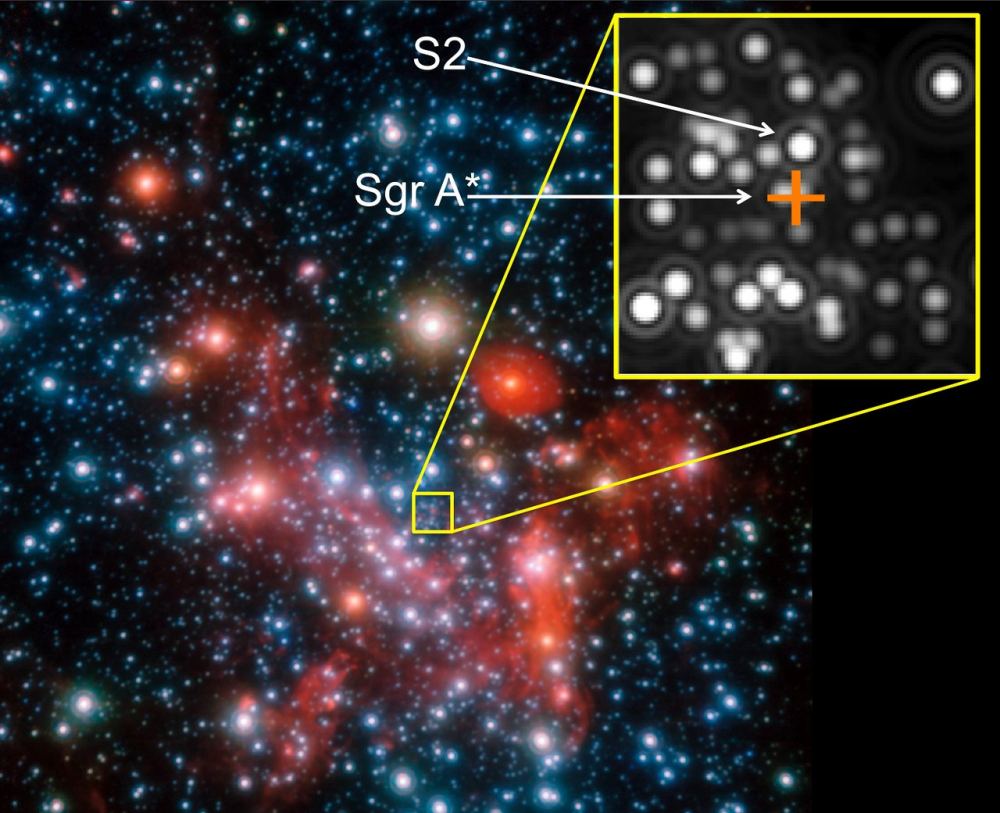
A team of physicists have used a pair of vibrating rods to measure the gravitational constant to incredibly fine precision. While the new technique has relatively high uncertainty, they hope that future improvements will provide a new pathway to nailing down this elusive constant.
Continue reading “The Gravitational Constant is Tricky to pin Down Accurately. Here’s a new way to Measure it”Betelgeuse and Antares Have Been Observed for Over 2,000 Years. Astronomers can use This to Figure out how old They are
Stars don’t usually evolve fast enough for humans to notice them change within one lifetime. Even a hundred lifetimes won’t do – astronomical processes are just too slow. But not always. There are some phases of stellar evolution that happen quickly, and when they do, they can be tracked. A new paper posted to ArXiv last week uses astronomical observations found in ancient Roman texts, medieval astronomical logs, and manuscripts from China’s Han Dynasty to trace the recent evolution of several bright stars, including red supergiant Antares, and Betelgeuse: one of the most dynamic stars in our sky. With observations from across the historical record, the paper suggests that Betelgeuse may have just recently passed through the ‘Hertzsprung gap,’ the transitional phase between a main sequence star and its current classification as a red supergiant.
Continue reading “Betelgeuse and Antares Have Been Observed for Over 2,000 Years. Astronomers can use This to Figure out how old They are”Booster 7’s BOOM, Nuclear Mission to Neptune, More JWST Images
Even more pictures from James Webb Space Telescope, China’s planning a mission to Neptune, SpaceX’s Booster 7 suffers from an explosion, black holes are messy eaters, going under Europa’s ice crust and more.
Continue reading “Booster 7’s BOOM, Nuclear Mission to Neptune, More JWST Images”Here are the Locations in the sky for the First JWST Images
On the morning of Tuesday, July 12th, the world was treated to the first images captured by the James Webb Space Telescope – the most detailed images of the cosmos taken by the most powerful telescope ever! These featured familiar features from our galaxy, including updated images of the Carina Nebula, a nebula surrounding a stellar remnant (the Southern Ring), a collection of merging galaxies (Stephans Quintet), an exoplanet (WASP 96b), and a deep field image showing thousands of galaxies and gravitational lenses (SMACS 0723).
In anticipation of these images being released, a helpful space exploration ambassador shared a map that shows where these objects are located within (or in relation to) the Milky Way. The map was uploaded to the Reddit group Space on July 10th (two days before image release day) and is the work of data scientist Tony Rice (user name u/rtphokie). Rice is an information security engineer for a telecommunications company and a Solar System Ambassador with NASA’s Jet Propulsion Laboratory.
Continue reading “Here are the Locations in the sky for the First JWST Images”A Star Came too Close to a Black Hole and was Torn Apart. Surprisingly Little Actually Went In
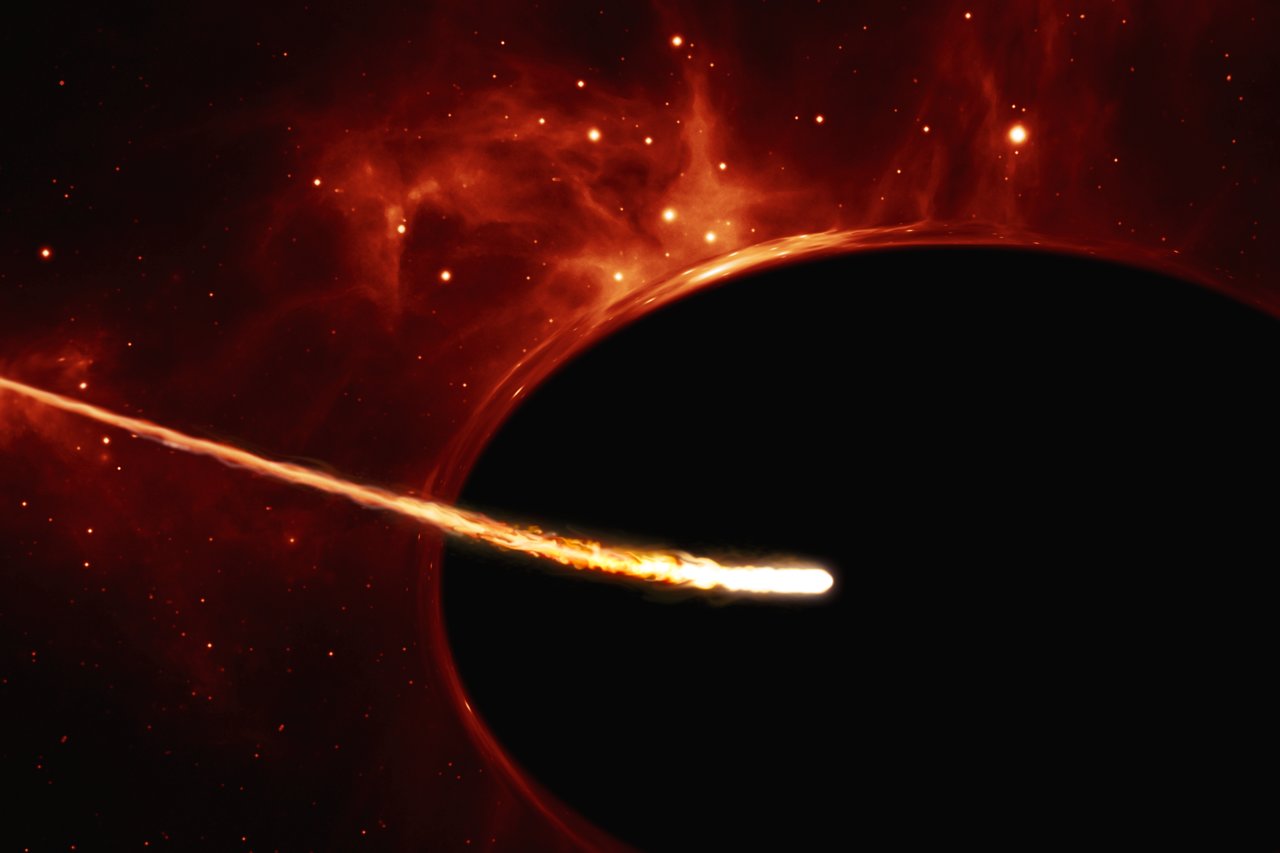
What happens when a star wanders too close to a supermassive black hole? The obvious story is that it gets sucked in, never to be seen again. Some of its material gets superheated on the way in and that gives off huge amounts of radiation—usually X-rays. That’s not a wrong explanation, just incomplete. There’s more to the story, thanks to a team of astronomers at the University of California at Berkeley. They used a specialized spectrograph at Lick Observatory to study a tidal disruption event. That’s where a star encountered a black hole. What they found was surprising.
Continue reading “A Star Came too Close to a Black Hole and was Torn Apart. Surprisingly Little Actually Went In”They’re Here! Check out the First Images from the James Webb Space Telescope!
This is it! Today, people worldwide were treated to the first images acquired by James Webb! After years of delays, we are finally seeing the sharpest images of the Universe taken by the most powerful telescope ever deployed. The world was given a sneak peek yesterday when President Biden, VP Kamala Harris, NASA Administrator Bill Nelson, and other NASA officials released the deepest and sharpest infrared image of the Universe to date. But at 10:30 Eastern (07:30 Pacific), all the remaining first images were released!
Continue reading “They’re Here! Check out the First Images from the James Webb Space Telescope!”Behold, the James Webb Space Telescope’s First Image!
The Most Threatening Asteroid Just got Downgraded to “Harmless”. No Impact in 2052
It’s comforting to know that there are people who are literally paid to watch the night sky to ensure that at least we’ll be informed if an asteroid will hit the Earth. Technology and near-Earth surveys have become advanced enough that the likelihood of a planet-killer-sized asteroid coming out of nowhere, as is so prevalent in modern media depictions, is extremely unlikely. Even smaller ones, which would only wipe out a city or part of a continent, get enough attention to tell if they pose a threat or not. And in advance of Asteroid Day 2022, which happened on June 30th, ESA is proud to announce they were able to remove one of the most threatening asteroids from their potential impact list.
Continue reading “The Most Threatening Asteroid Just got Downgraded to “Harmless”. No Impact in 2052″Good News! One JWST Picture Early!
For everybody waiting with bated breath for Tuesday’s release of the first James Webb Space Telescope (JWST) images, NASA’s doing a bit of a tease. They’re releasing one image a day early on Monday afternoon. And, the announcer will be the President of the United States, Mr. Joseph R. Biden. Joining him will be NASA Administrator Bill Nelson, who will conduct this one-of-a-kind White House astronomy briefing. It’s all part of the buildup to the big reveals on Tuesday.


